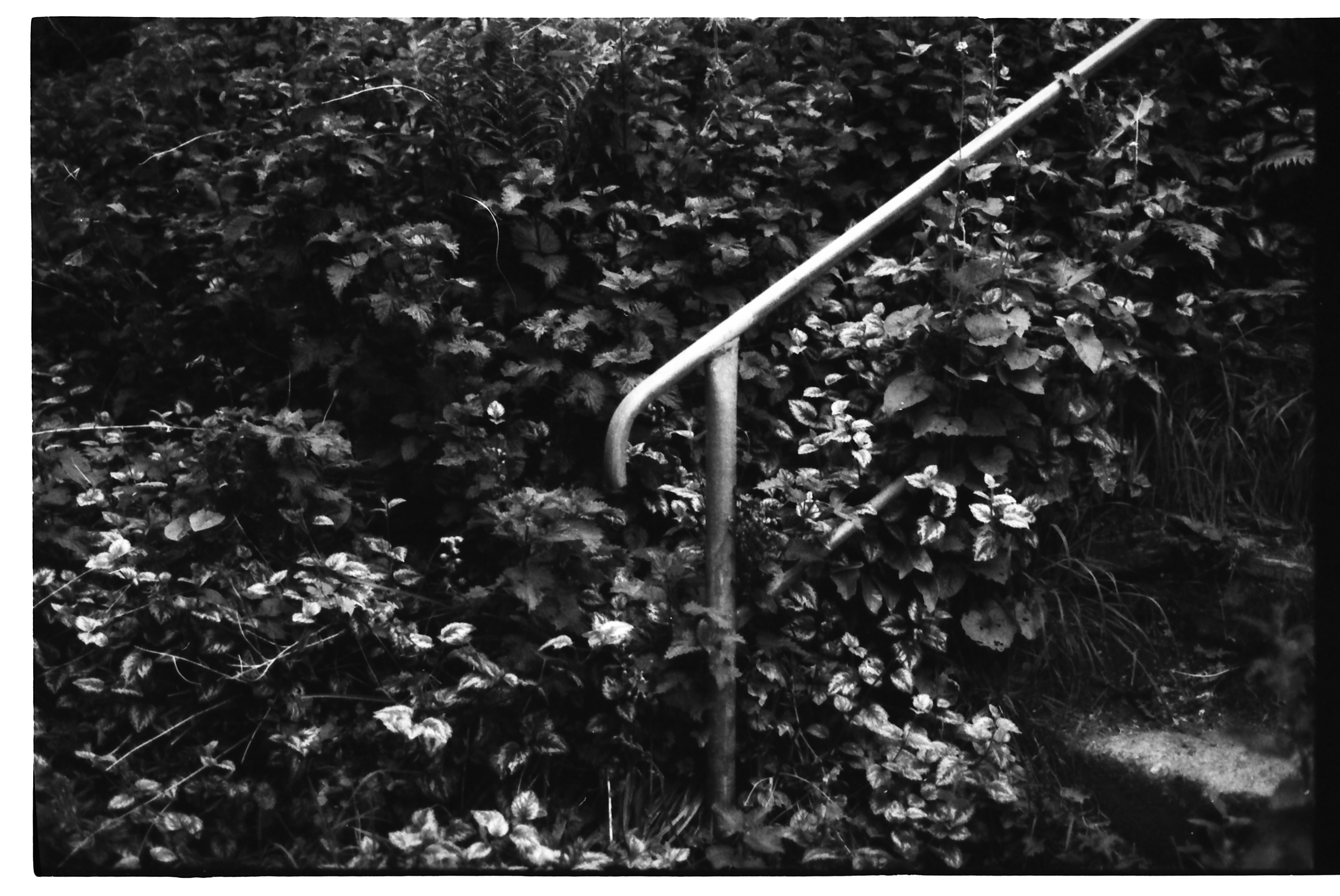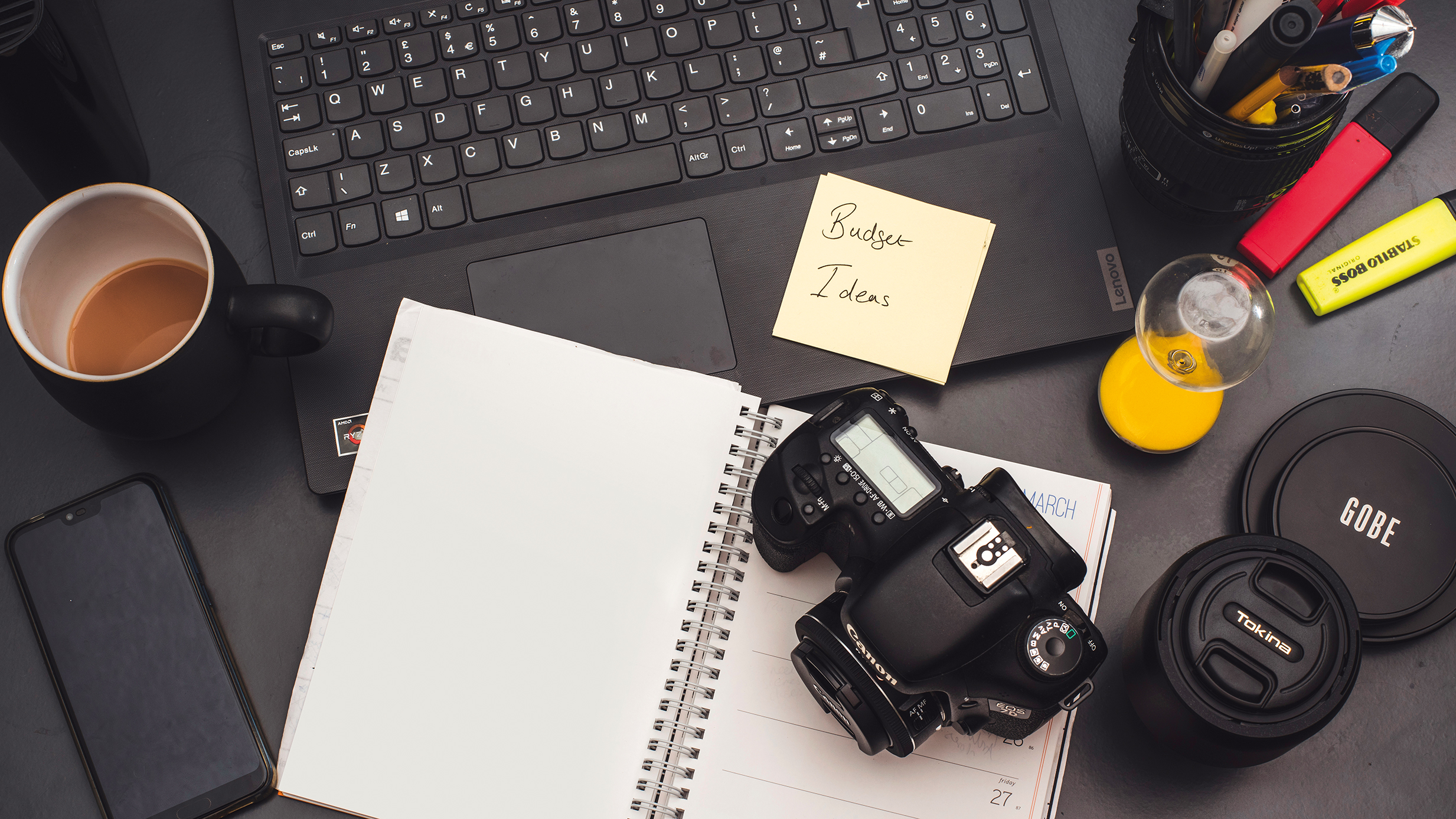In a digital world, I'm shooting more film than ever – and it's good for my soul
I'm shooting more film than ever before. It's not about instant gratification; it's about being present and enjoying the journey

In today's digital age, where we can effortlessly transfer images from our best mirrorless cameras to platforms like Instagram and Threads in mere seconds, I find myself gravitating towards film photography more than ever. It’s a therapeutic experience, and here’s why I believe you should consider giving film a second chance.
There was a time when film photography was the only option. It was natural to visit the drugstore to pick up a few rolls of film for a family weekend trip, and we all have memories of a relative who always brought a camera to capture special moments.
Today, in an era where we can capture 120 frames per second on cameras like the Nikon Z9 and instantly share them online, I find myself longing for the simplicity of analog photography.
The joy of selecting a film stock, taking photographs, developing them, scanning, and finally seeing the results – there’s a unique appeal in the delayed gratification.
My renewed passion for film started with shooting a few rolls on my trusty Nikon F5 during casual walks with the dogs. It wasn’t long before I found myself with a drawer full of film, and my F5 was joined by a fully mechanical Leica M2 – and I was back bulk-loading film again.
Nowadays, I reach for my film cameras more often than my digital ones. What began as the occasional roll has turned into a commitment to shoot at least one roll of film a week.
What I cherish most is the process. Each photo takes time and thought; you have to envision the composition and consider whether it’s worth using one of your precious 24 or 36 shots. Developing the film yourself adds another layer of enjoyment. It might sound trivial but I love those ten minutes spent agitating my film rolls, gazing out of the kitchen window, and savoring the moment.
The best camera deals, reviews, product advice, and unmissable photography news, direct to your inbox!
The work involved in getting those images is what makes them special. Planning, developing and scanning requires effort and patience, which is a stark contrast to the instant gratification of digital photography.
As a retired professional sports photographer accustomed to tight deadlines and rapid-fire shooting, I now find immense satisfaction in slowing down and savoring each step of the photographic process.
Film photography enables me to disconnect from the fast-paced digital world and enjoy a more mindful experience. Yes, it might mean waiting to see the images I captured a week ago, but those photos mean more to me because of the effort involved in creating them.
I highly recommend that anyone interested in photography pick up on of the best film cameras and venture outdoors, explore your neighborhood, or even take a road trip.
The process of shooting film, developing it, and finally seeing the results offers a deeply rewarding experience that digital photography often lacks. It’s not about instant gratification; it’s about being present and enjoying the journey.
Make sure you're using the best 35mm film, and analog fans might also be interested in the best instant cameras.

For nearly two decades Sebastian's work has been published internationally. Originally specializing in Equestrianism, his visuals have been used by the leading names in the equestrian industry such as The Fédération Equestre Internationale (FEI), The Jockey Club, Horse & Hound, and many more for various advertising campaigns, books, and pre/post-event highlights.
He is a Fellow of the Royal Society of Arts, holds a Foundation Degree in Equitation Science, and holds a Master of Arts in Publishing. He is a member of Nikon NPS and has been a Nikon user since his film days using a Nikon F5. He saw the digital transition with Nikon's D series cameras and is still, to this day, the youngest member to be elected into BEWA, the British Equestrian Writers' Association.
He is familiar with and shows great interest in 35mm, medium, and large-format photography, using products by Leica, Phase One, Hasselblad, Alpa, and Sinar. Sebastian has also used many cinema cameras from Sony, RED, ARRI, and everything in between. He now spends his spare time using his trusted Leica M-E or Leica M2, shooting Street/Documentary photography as he sees it, usually in Black and White.





